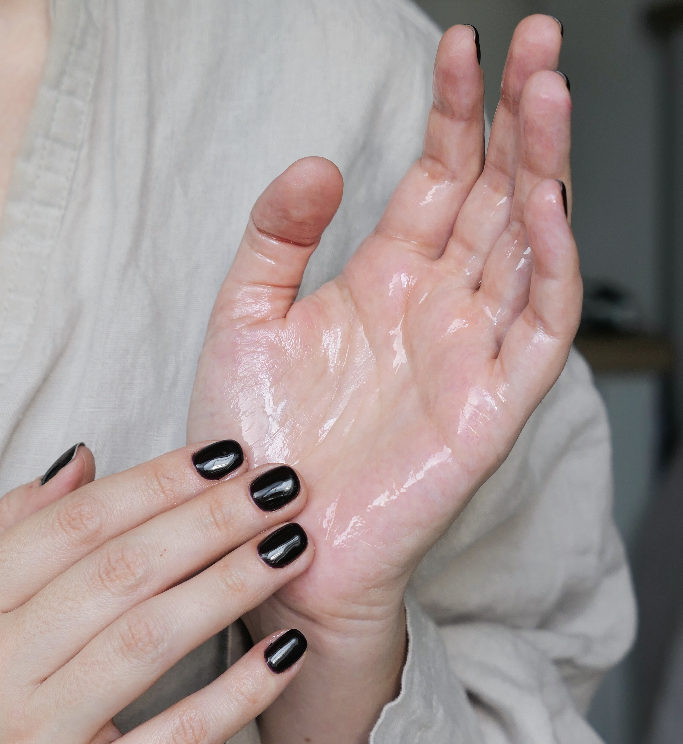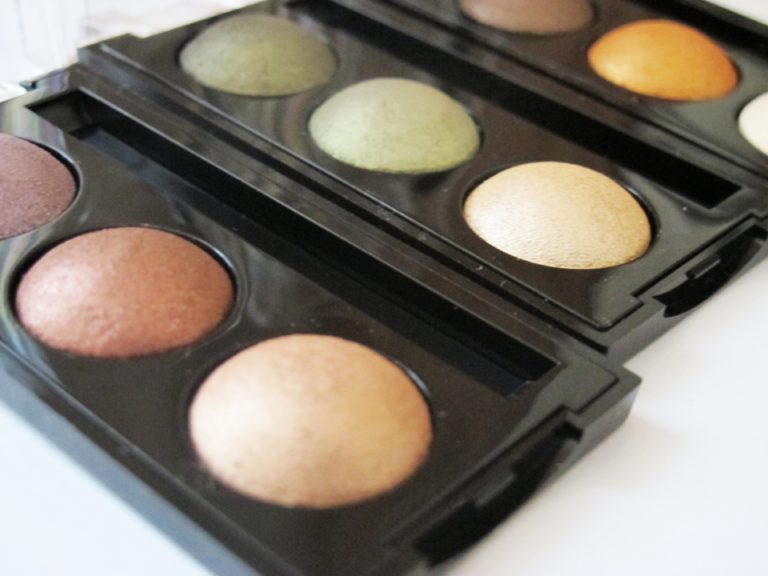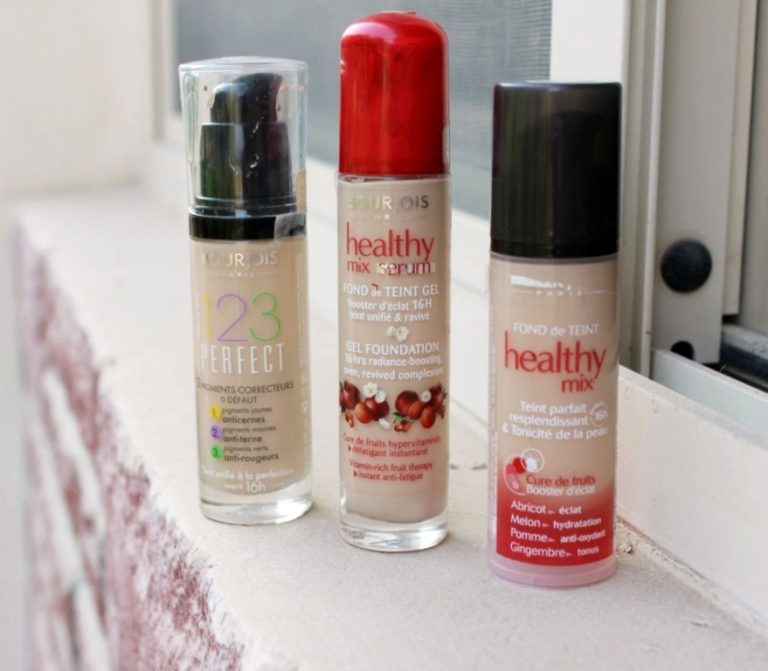My top 10 skincare tips for healthy, happy skin.
Apply products thinnest to thickest
When layering serums and creams in your routine, apply products with the thinnest texture first. This helps your skin to absorb each layer effectively. E.g. if your antioxidant or Vitamin C serum is a lighter, more watery texture than your Hyaluronic Acid, then it should be applied first (read more about skincare ingredients here).
Apply serums to damp skin
Damp skin is significantly more permeable than dry skin. Spritz your skin with water before applying any water-loving serums or moisturiser, and it will enhance absorption.
Moisturiser doesn’t moisturise
Moisturiser is essential for locking in the moisture that your serums have added, but it’s too thick to penetrate the skin on its own. This is why it’s so important to use serums in your routine, as they do most of the heavy lifting.
Always use a separate SPF
The sole purpose of SPF is to provide a protective layer on top of the skin. SPF is not designed to be combined with other products. E.g., moisturiser. When you use a combined product, there is no guarantee that you are achieving the right level of protection. It’s likely that your moisturiser with SPF30 is actually only giving you a coverage level of SPF10. Always apply a separate SPF of 30 or preferably 50 after your moisturiser.
Read all about SPF and check out my favourite SPF products in this guide.
If you have very dry skin, think about skipping your morning cleanse
Just wash your face gently with water instead, and then carry on with your regular routine. This can help you retain moisture levels and your skin’s natural barrier – which you worked hard at building up while you were asleep. However, if you have very oily skin or acne-prone skin, a morning cleanse is recommended.

If your skin is freaking out, go back to basics
If you’ve had a reaction to a product or if your skin is generally irritated and over sensitised, go back to basics until your skin barrier repairs. Remove all actives from your routine; retinol, Vitamin C, exfoliating acids, etc. Just use a gentle cleanser and a gentle barrier repairing moisturiser morning and evening. Read my guide to how to repair a damaged skin barrier here.
Use the right acids
If your skin is dull and lacklustre, if you have pigmentation, uneven skin tone, or if your skin is showing general signs of ageing, try using AHAs (Alpha Hydroxy Acids) in your routine. AHAs such as Glycolic Acid and Lactic Acid remove dead skin cells, help with uneven skin tone, resurface and smooth, and have anti-ageing properties.
If you have oily or acne-prone skin and if you want to reduce breakouts without irritating your skin, try using BHAs (Beta Hydroxy Acids) in your routine, which is Salicylic Acid. Salicyclic Acid goes deep into the skin, unblocks pores, helps fight acne, and reduces breakouts. AHAs and BHAs deliver exceptional results, can be used daily, and can also be used together as they target different layers of the skin. If you’d like to read more about skincare acids and find out which ones are right for you, check out this guide.
If you have sensitive or very sensitive skin, try using PHAs (Polyhydroxy Acids) in your routine. PHAs have a much larger molecule than both AHAs and BHAs, so they’re significantly gentler on the skin (we’re talking zero irritation) and exfoliate at a much slower rate. I personally love PHA based exfoliants and use them all the time. My favourites are linked below.
Take care of your under-eye area
When used routinely, eye creams and eye serums can treat, hydrate, reduce fine lines and wrinkles, and minimise the appearance of dark circles. Think about using eye gels, too. They give the skin an intense dose of moisture and instantly depuff, refresh, rejuvenate, and hydrate (I use them 2-3 times a week).
Check the lifespan of your products
Most of the products you own have a ‘Period After Opening’ symbol on the packaging. It’s usually a small open jar symbol with a number and the letter M, which stands for month. It’s not always 100% accurate, but it gives you a ballpark of when you should throw the product after opening. As a general rule, products containing water have the shortest shelf life as they’re most prone to bacterial contamination. So, your cleansers, toners, serums, and moisturisers are usually good for six months to a year. With any product, however, if you notice that it smells odd, if the texture has changed, if the formula has separated, or if it feels or looks funky – bin it.
Invest in your skin
There are plenty of steps in your routine that can and should be budget-friendly such as cleansers, masks and moisturiser (check out my best budget buys guide here).
However, when it comes to spending a bit more, invest in products that will have the most significant impact on your skin, such as a good antioxidant or Vitamin C serum and a hydrating serum.
Bonus Tip: Never have dry or chapped lips again
If you regularly suffer from dry or chapped lips, try layering your regular skincare products. Start by spritzing or tapping water onto your lips, then apply your regular everyday moisturiser, and then apply a thick balm (e.g. Vaseline). This helps to lock in moisture and hydrate your lips for longer, helping them to heal/repair. Do this for a few days, and you won’t know yourself!
Thanks for reading, and I hope you enjoyed my top 10 skincare tips!
For deeper insights into skincare ingredients, products and trends, check out the skincare guides section of my website or follow me on Instagram.
Some of the links in this post are affiliate, which means if you click on them and buy something, I make a small commission. Thank you for your support 🙂





